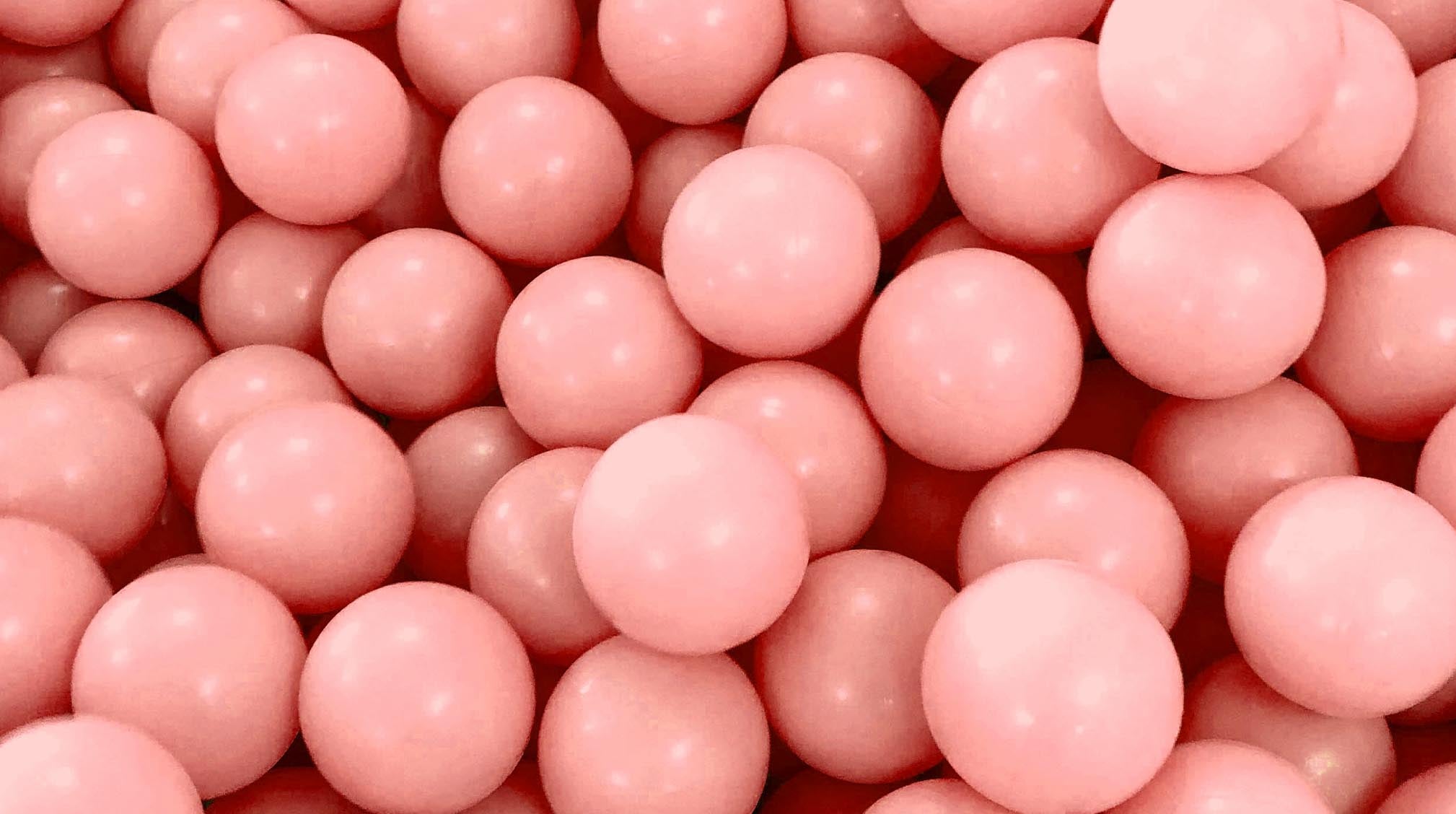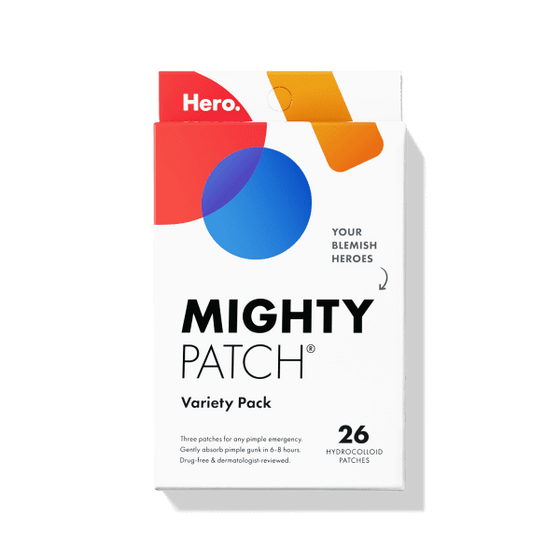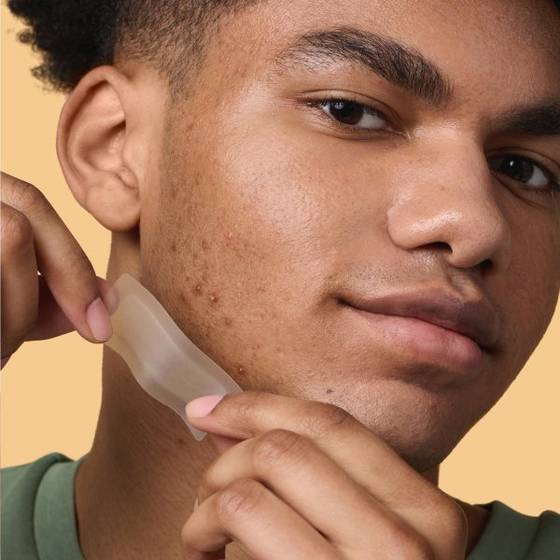
The moment you see a zit, you know the drill. You whip out your tried-and-true acne products (cough cough—the Mighty Patch—cough cough) that work like a charm. But, sometimes, you’ll get those pesky blemishes that won’t seem to go away no matter what you try. So what gives? Well, no amount of acne products will work if what you’re dealing with isn’t actually acne.
*Record scratch*
Yup, not all blemishes are technically the bacterial acne we’re all familiar with. There’s another type called fungal acne, which isn’t really acne at all but can often look like it.
Confused? Let us explain. Keep reading to learn how fungal acne is different from bacterial acne, what causes it, and how to treat it.

Bacterial acne versus fungal acne
Bacterial acne is usually caused by, you guessed it, bacteria that grows in the skin’s hair follicles due to build up of dirt, oil, makeup, dead skin cells, or other pollutants.
On the other hand, Fungal acne, also known as pityrosporum folliculitis, is caused by an overgrowth of yeast called Malassezia in the hair follicle that causes inflammation and an acne-like reaction.
We all have yeast on our skin, which is totally normal. However, it can become an issue when the yeast increases due to hot, humid, or sweaty conditions. The more yeast there is, the more it leads to inflammation, which then leads to pimple-like bumps. The fancy, technical term for it is Malassezia folliculitis.
So how can you tell the difference between fungal and bacterial acne?
Great question, you smart cookie you. For one, bacterial acne is most often found on the face and will likely include a mix of pimples, blackheads, and whiteheads of various sizes. Although fungal acne can sometimes pop up on the face, it tends to show up on more commonly on the upper arms, chest, shoulders, back, and other areas that don’t get a lot of ventilation.
Fungal acne also looks and feels different. While bacterial acne blemishes vary in type and sizes, fungal acne appears as a uniformed army of small red bumps, and it can also be itchy. Bacterial acne can sometimes be itchy too, but fungal acne takes the itchiness to another level. So if you’ve experienced anything like that, it’s likely that it’s fungal acne and not bacterial acne.

So really, what causes fungal acne?
Taking antibiotics: If you’ve recently gone through a round of antibiotics, that could be what triggered the fungal acne. Healthy skin needs a balance of bacteria and fungus. Taking antibiotics causes the bacteria to go away, so there’s nothing there to keep the fungus in check, thus creating an overgrowth.
Wearing tight, sweaty clothes: We get it. Sometimes (read: always) life gets busy, and there’s not much time to change, take a shower, and wash your workout gear after every sweat session. However, this bad habit may be costing you healthy, clear skin. Fungi thrive in moist environments. So to prevent it, be sure to change and shower after a workout and not re-wear dirty workout clothes.
Genetics, sadly: Some folks are just more predisposed to an overgrowth of yeast than others, making them more susceptible to getting fungal acne. Chronic conditions that impact your immune system such as diabetes can also increase the likelihood of having fungal acne.

4 ways to get rid of fungal acne
Check with your dermatologist
Not sure whether you’re dealing with fungal or bacterial acne? Checking with your dermatologist is always a good idea before trying to combat the issue on your own. They’ll be able to identify which it is and support you with a folliculitis treatment.
Use an antifungal wash
If the fungal acne isn’t too bad, your dermatologist may advise you to use an antifungal and antibacterial wash. The key is to allow it to sink into your skin before rinsing it off. And, because fungal acne can come back, they may also recommend that you use the body wash on a somewhat regular basis. The exact frequency will depend on what your derm suggests.
Wash with dandruff shampoo
Yes, really. Because Malassezia is the same type of yeast that causes dandruff, that means that ingredients such as zinc pyrithione found in conventional dandruff shampoos may also help control the amount of fungus and yeast on the skin. Like with the antifungal wash, let it sink into the skin for a bit so it can do its job before washing it off.
Take an oral antifungal medication
If you’ve tried the antifungal wash or dandruff shampoo and it doesn’t seem to help, the next course of action would be to take an oral antifungal medication prescribed by your dermatologist. This tends to work faster than a topical treatment because it works from the inside out.












.png?v=1663017252122)


